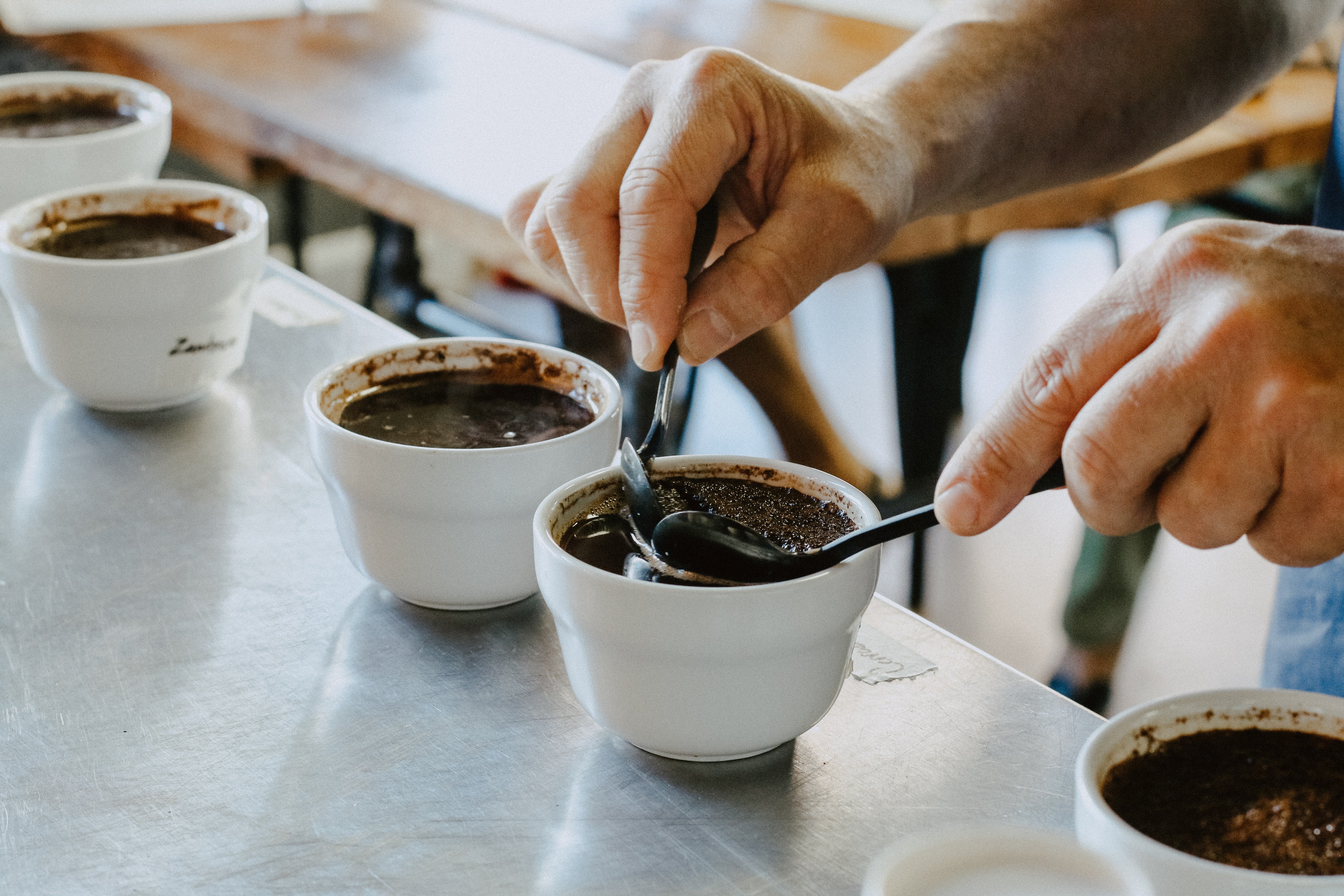Recent Post

Green Coffee Grading and Coffee Cupping
Steffen Sauer
Apr 18, 2021
Green Coffee Grading Protocols
The Grading Green Coffee protocol is based on the SCA Green Arabica Coffee Classification System and the SCA Defect Handbook. The Defect Handbook defines what are considered defects. If the coffee imperfection is not found in the Defect Handbook, it is not considered a defect for purposes of Evaluation.

Grading Principles
- The SCA determines the conversion or equivalent of single defects to full defects.
- The numbers of full defects are calculated on a basis of 350 grams of green coffee sample.
- Bean imperfections need to have the specific bean characteristics and criteria as they appear on the picture and physical description in the Defect Handbook to be considered a defect.
- A full defect can be a Category 1 (primary) or a Category 2 (secondary) defect.
- Specialty Grade samples must have zero Category 1 defects and no more than five Category 2 defects.
Cupping Protocols
The Statistics & Standards Committee of the SCA recommends these standards for cupping coffee. These guidelines will ensure the ability to most accurately assess the quality of the coffee.

In my explanation I will only focus on the sample evaluation I did, not the complete process.
Sample Evaluation:Evaluation Procedure Samples should first be visually inspected for roast color. This is marked on the sheet and may be used as a reference during the rating of specific flavor attributes. The sequence of rating each attribute is based on the flavor perception changes caused by decreasing temperature of the coffee as it cools.
Fragrance/Aroma:
- Within 15 minutes after samples have been ground, the dry fragrance of the samples should be evaluated by lifting the lid and sniffing the dry grounds.
- After infusing with water, the crust is left unbroken for at least 3 minutes but not more than 5 minutes. Breaking of the crust is done by stirring 3 times, then allowing the foam to run down the back of the spoon while gently sniffing. The Fragrance/Aroma score is then marked on the basis of dry and wet evaluation

Flavor, Aftertaste, Acidity, Body, and Balance:
- When the sample has cooled to 160º F (71º C), in about 8-10 minutes from infusion, evaluation of the liquor should begin. The liquor is aspirated into the mouth in such a way as to cover as much area as possible, especially the tongue and upper palate.Because the retro nasal vapors are at their maximum intensity at these elevated temperatures, Flavor and Aftertaste are rated at this point.
- As the coffee continues to cool (160º F - 140º F), the Acidity, Body and Balance are rated next. Balance is the cupper's assessment of how well the Flavor, Aftertaste, Acidity, and Body fit together in a synergistic combination.
- As the coffee continues to cool (160º F - 140º F), the Acidity, Body and Balance are rated next. Balance is the cupper's assessment of how well the Flavor, Aftertaste, Acidity, and Body fit together in a synergistic combination.


Sweetness, Uniformity, and Cleanliness:
- As the brew approaches room temperature (below 100º F) Sweetness, Uniformity, and Clean Cup are evaluated. For these attributes, the cupper makes a judgment on each individual cup, awarding 2 points per cup per attribute (10 points maximum score).
- Evaluation of the liquor should cease when the sample reaches 70º F (21º C) and the Overall score is determined by the cupper and given to the sample as "Cupper's Points" based on ALL of the combined attributes.

Closing one of our cupping rounds with comparing our results.
Cupping is a very complex and there a plenty of topics to learn. The best way is to participate in as many guided cuppings as possible.
More information regarding green coffee grading or coffee cupping you will find here: LINK



